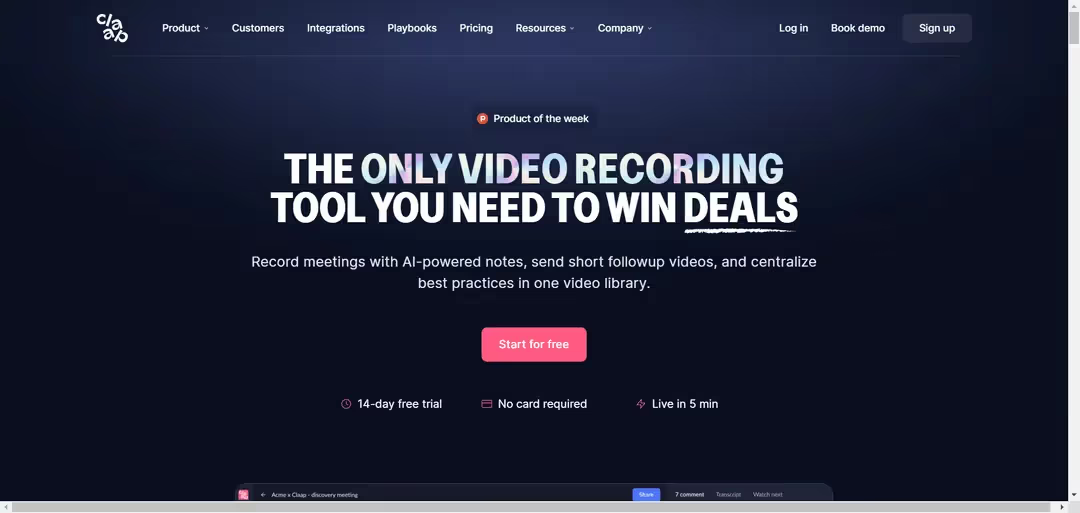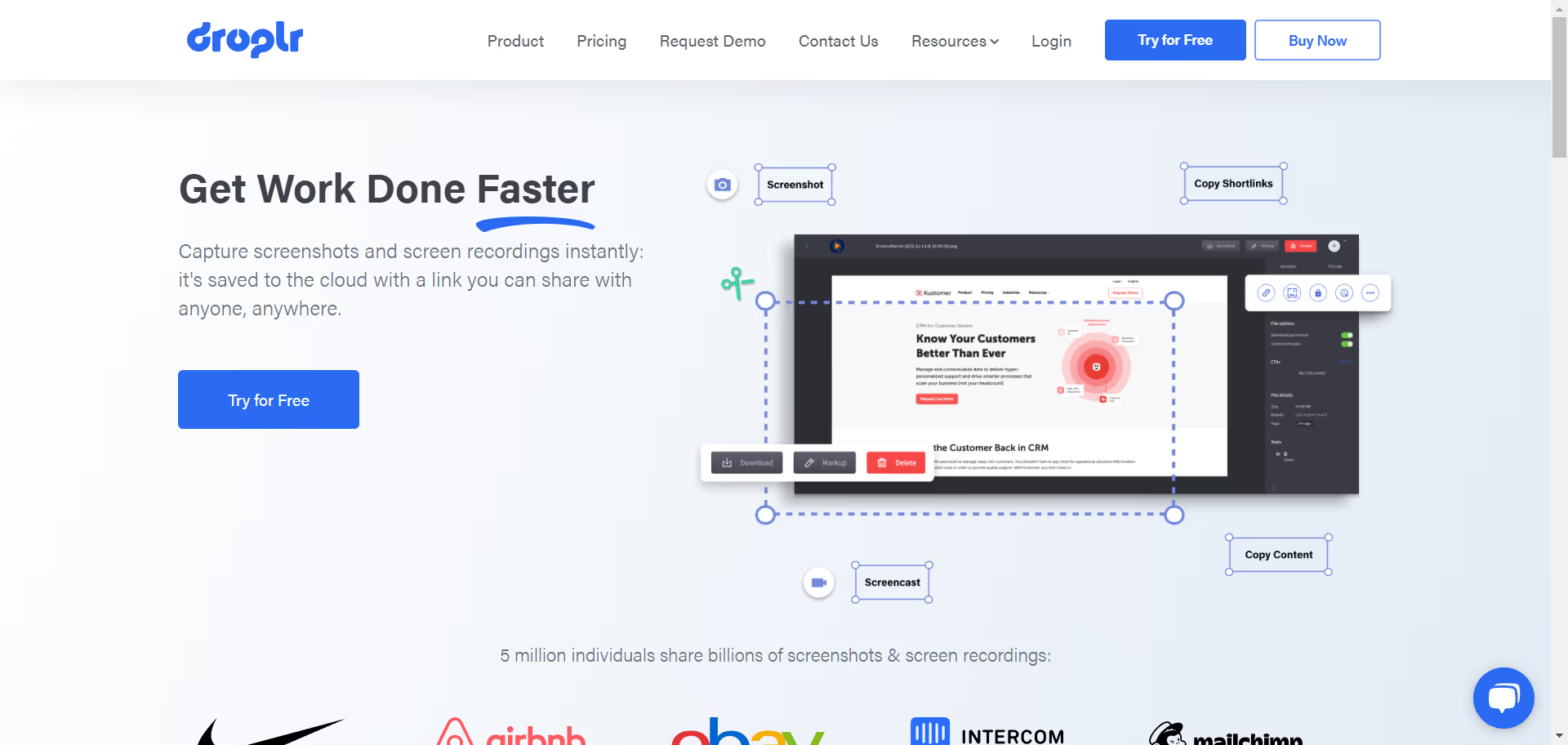
The Importance Of Giving Feedback: Top 9 Strategies
Join me on the quest to emphasize the importance of a commonly overlooked aspect of our everyday workplaces. Hopefully you might even learn something from one of the 9 strategies for giving feedback that can be found within!
In today's working set-ups, the role and importance of communicating feedback has gone through the roof. With a surge in remote work and asynchronous work settings and tools like Bubbles, ensuring that feedback in communication is clear, actionable, and well-received can be something that really begins to unlock a high performing team. If we are not careful with the clarity of this communication process we can begin to confuse our colleagues, and thus it is true that this is not important to your team dynamics.
Why Is Feedback Important?
Feedback, by its literal definition in communication, refers to the return of information about a person's performance or behavior. This concept does not change for types of feedback, but certain types of feedback represent poor enactment of the concept. The receiver must truly benefit in order for feedback to be important, and this communication process should be encouraging, rather than becoming a performance review focussing on discouragement and negative feedback. Not only does each individual colleague gain knowledge through positive constructive feedback, but a study by Gallup has shown that up to 80% of employees who experienced meaningful feedback in the previous week were then fully engaged.
So, now that is established, let's delve into nine strategies on how to give effective feedback, that can then begin to represent important feedback in your team's workplace. Our belief at Bubbles is that trust in this communication process is essential, and with that comes the necessity to always optimize and implement new strategies.
What Are Strategies To Communicate Feedback Effectively?
1. Focus on Fostering Growth
Before embarking on your process of giving feedback, it's essential to grasp its inherent purpose, if it is not already obvious. Whether you're providing positive feedback on communication skills or offering constructive criticism and opting to develop your teammates' abilities, the core objective remains the same: fostering improvement and growth. When feedback given resonates with these principles, it leads to heightened team dynamics and a high performing group.
2. Make Sure Your Feedback is Actionable
A common pitfall in giving feedback is vagueness. Most people will have experienced receiving something almost no benefit from their manager, peer, or general leadership due to the lack of clarity on the next step.
In this instances, and when feedback is ambiguous, the receiver is often left bewildered, and in a somewhat 'no man's land' between their original idea and the ideas forming from the feedback. Therefore, for the giver of the feedback, they must iim for clarity and make sure the feedback is actionable.
To provide an example, instead of a general "Well done!", which does express positive connotations, but does not offer opportunities for improvement, you might say, "your work was comprehensive, especially the section that highlighted our growth within the second half of the year." Precision like this reinforces positive behavior and provides clear directives and aspects to continue. Delivering feedback in this performance review format also provides a possibility for constructive feedback, where applicable, as explained in the Bubble below by a member of our team.
3. Behavior Shifts
When we give feedback, of course we want it to result in a behavior shift, but this can go one of two ways. Encouraging positive behavior shifts is clearly the one we are hoping for here, and represents a subtle yet powerful feedback strategy. Achieving this mostly hinges on team management. The reason is that while acknowledging and reinforcing the behaviors that align with team goals and values is critical, we must understand that everyone responds differently.
To put this in context, great sport managers like Sir Alex Ferguson, Gregg Popovich, or Bill Belichick don't just apply the same instructions and feedback to every player. They know that some team members require careful criticism and encouragement involving empathy to change their behavior and performance. Others will prefer a harsher approach, one that almost drives a defensive response and a desire to prove the feedback giver (or manager here) wrong.
Try to recognize these behaviors explicitly and implement these changes into the communication process. Also pay attention to the time of feedback delivery, as it is vital to give feedback at a time that aligns with the progress of the team, but that is also appropriate for the receiver. Observe whether they have any wider issues, and contemplate this before giving your performance review.
Using Bubbles to your Advantage when Giving Feedback
Moving away from sports and into the workplace, particularly an asynchronous one, we can use certain technology to drive our desired behavior changes and increase the likelihood of our feedback taking effect and being important. With Bubbles, you are able to clearly show the areas for constructive feedback, and Bubbles allows any feedback given to also be segregated by way of importance and urgency, allowing for an efficient communication process and good progression.
Make your
meetings matter
Loved and trusted by 100,000+ users:
- Automatically Record and Transcribe Meetings
- Extremely Accurate Notes, Summaries, and Action Items powered by AI
- Works with Zoom, Google Meet, and Microsoft Teams
- Save time and follow-up with quick async videos
Simply connect your work Google or Microsoft Calendar to get started.
4. Seeking Improvement
As I emphasized, improvement is our key metric here. Improvement-focused feedback revolves around identifying areas where performance can be enhanced and collaboratively finding solutions. To really drive impact, we cannot merely point out what's wrong. We need to become part of the journey to improvement, and almost a member of their own personal team. If we are acting as their voice of reason, we should continue to be present for any clarification and conversation. Again, going back to sport, the manager is there constantly, enforcing their ideas and watching them come to fruition. Be present, and reap the rewards.
Being present also in turn means that you will be having plentiful conversation with the receiving parties. Use this as a chance to adopt a strategy like the feedback sandwich approach. Nestle your constructive criticisms in with positive feedback, making sure the recipient feels valued, while recognizing areas for improvement without that side effect of demotivation or negativity. Again, we believe in this approach to team motivation, and have therefore elaborated in the Bubble below.
5. Motivation Feedback
Keeping feedback motivational can overcome a lot of the issues that team's face in their feedback delivery process. We can overcome a statistic from a Harvard Business Review study that stated that 37% of managers feel uncomfortable regarding providing feedback on performance to their teams. It is not an issue to overcome this by being positive and constructive, and in fact, feedback that motivates and uplifts can significantly boost employee morale. Highlight some specific achievements or goals accomplished by your team members and show or explain their importance within the bigger picture.
I'm enjoying the sport related examples here, so here is another:
Pep Guardiola, when he critiques Manchester City's goalkeeper, Ederson, might say something like "your recent clean sheets have been extremely important to our goal of winning the Premier League, but you are letting in slightly too many goals from corners in recent games, so make sure to try and be more assertive in these areas of your game". This motivates with the high flying goal of success, but also underlines an issue and suggestion on how to improve.
6. Workplace Dialogue
Feedback shouldn't be a monologue, so make sure to promote a culture where feedback is a two-way dialogue rather than a one-sided conversation. Encourage employees to share their thoughts and feelings about their work, their challenges, and their achievements. This approach not only makes feedback more meaningful and personal but also promotes a culture of openness and trust, while also creating an opportunity to foster some competitiveness amongst your team. I say this because from a personal perspective, hearing about success makes me crave success. Consider that people in your team may be the same, and then think about just how much impact this could drive across a widespread selection of personnel.
Non-verbal Cues as part of Workplace Dialogue
Always be mindful that dialogue involves an array of things, both vocal and not. In your feedback sessions, body language can speak volumes, particularly when you are on a video call and cannot express in-person signals. Neutral or positive facial expressions, for example, to accompany your feedback, can go a long way to ensuring this communication is perceived in the right spirit and positively, helping to retain employee engagement.
7. Thanks for Feedback
Acknowledging feedback, and even giving thanks for feedback, fosters a positive reciprocal feedback culture. Obviously, one can struggle to create this sense of opinions being valued and considered if the feedback given is overly negative and not constructive, so make sure to focus on pioneering the latter as your feedback style. Hopefully you will begin to encourage ongoing communication and conversation by doing so, as you will provide a roadmap on how your colleagues can better themselves, meaning they will be back for more questions and feedback. Negative feedback mostly closes off improvement by coming across as pointing out flaws, and should be avoided.
8. Positive Appreciation
Regularly acknowledging and appreciating positive aspects of an employee or colleague's work can build confidence and reinforce good practices, as well as creating organizational culture. Such conversations not only increase employee engagement but also provide insights that might be missed from a unilateral perspective when team members are more closed off. Any high performing team will employ collaborative feedback, as this communication process represents an innovative way to brainstorm and progress. It becomes an integral part of the team and the importance of feedback and effective communication should work in tandem with the team's area of expertise to continuously build.
9. Outcome Feedback
Always track impact and watch for improvements, but don't just keep them to yourself! Share your findings and help your colleagues to build more of an understanding about real-world impact that has resulted from their work and dedication. I personally like hearing feedback to details when and where my efforts are connected to the outcomes, so try to align these two things and make it personal. A quick example could be something like, "your creative and dedicated work within this project led to a 20% increase in customer satisfaction and 7% boost in sign-ups".
In Conclusion
Feedback, in all of its forms, plays effect in transformational dynamics within a team. How effective feedback is, is depending on what it delivered and how. With the above strategies expounded from understanding feedback in a remote, asynchronous team, one can hopefully manoeuvre through the intricacies of communicating feedback and beginning to create and develop high performing teams.
By ensuring feedback is clear, actionable and delivered with empathy, you will learn to not just shoot down ideas and colleague's (metaphorically), but to use their basis as a foundation for success.
Collaborate better with your team
Get your point across using screen, video, and audio messages. Bubbles is free, and offers unlimited recordings with a click of a button.
.avif)
Collaborate better with your team
Get your point across using screen, video, and audio messages. Bubbles is free, and offers unlimited recordings with a click of a button.
.avif)













.avif)